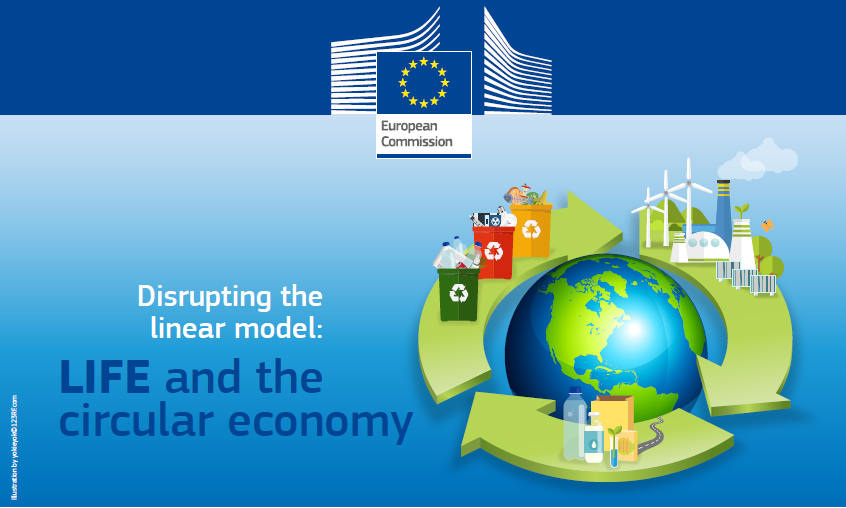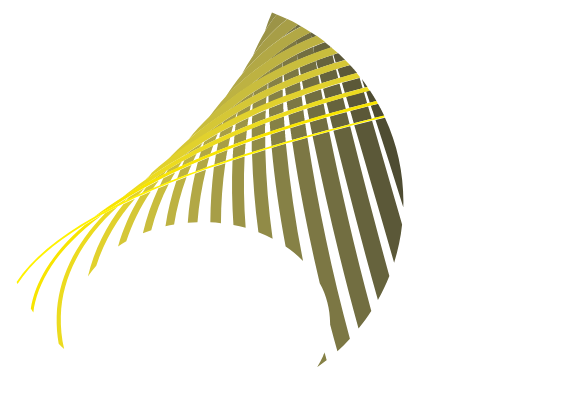
The solution to our dependence on these resources and this needless waste is the circular economy. It aims to transform the way products are made and empower consumers to make sustainable choices for the environment. Through LIFE co-funded projects, the EU LIFE programme has been helping to make the transition away from a linear model while supporting the implementation of the EU’s Circular Economy Action Plan.
Zum Hintergrund der LIFE-Förderung
Der Schutz und die Erhaltung der Umwelt gehören zu den höchstrangigen Zielen der EU. Das Förderprogramm LIFE ist eines der Instrumente, mit der die EU diese Ziele erreichen will. LIFE unterstützt Umweltmaßnahmen in allen Mitgliedsstaaten und bestimmten weiteren Staaten. Die Historie von LIFE reicht bis in das Jahr 1992 zurück. Das Programm ist also bald schon dreißig Jahre alt:
- LIFE I: 1992-1995
- LIFE II: 1996-1999
- LIFE III: 2000-2006
- LIFE+: 2007-2013
- LIFE: 2014-2020
Seit 1992 wurden weit mehr als 5.000 Projekte (externer Link) über das Programm gefördert. In der EU-Förderperiode 2021-2027 wird LIFE von der neuen CINEA (externer Link), der European Climate, Infrastructure and Environment Executive Agency, betreut.



